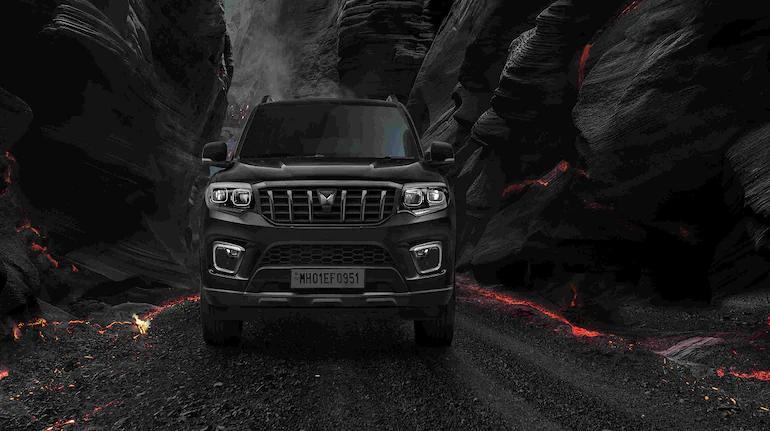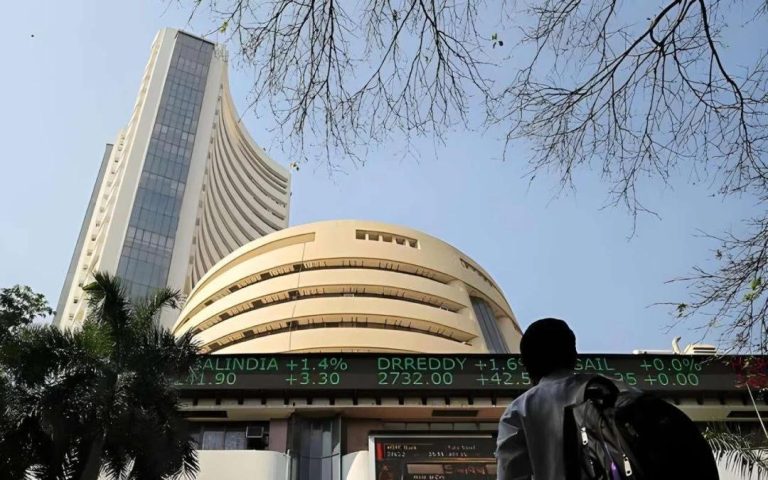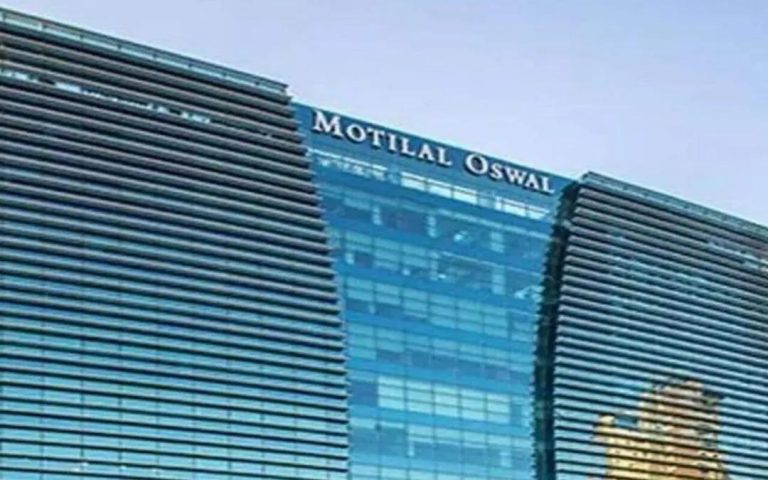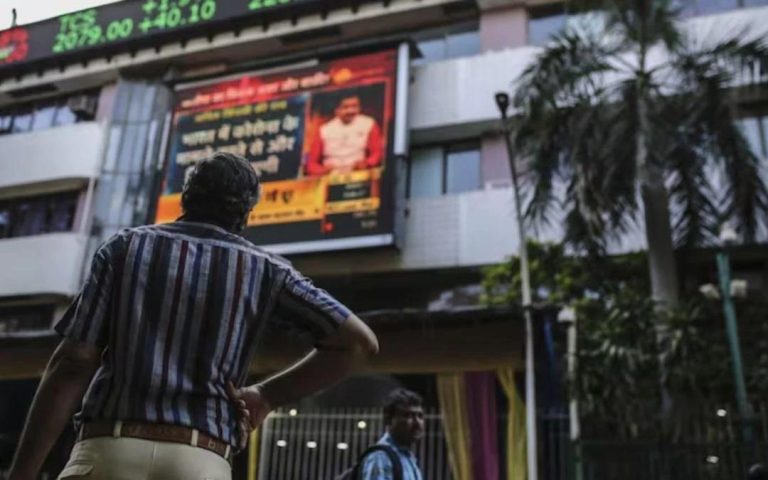
M&M to increase SUV, commercial vehicle prices up to 3% from April
The Indian automotive market is facing a new challenge as Mahindra & Mahindra, one of the leading car manufacturers in the country, has announced a price hike for its SUV and commercial vehicle range. According to a statement released by the company, the prices of its SUV and commercial vehicles will increase by up to 3% from April, citing rising costs due to inflation and increased commodity prices.
This development comes as a surprise to many in the industry, as the Indian government has been taking steps to boost the economy and ease the burden on consumers. However, it seems that the rising costs of raw materials and other operational expenses have left manufacturers little choice but to pass on the costs to consumers.
The price hike is expected to affect a wide range of Mahindra’s products, including its popular SUVs such as the XUV500, XUV300, and the Thar. The company’s commercial vehicle range, which includes trucks and buses, will also be impacted by the price increase.
The decision to raise prices is not unique to Mahindra & Mahindra, as Hyundai Motor has also announced plans to increase prices next month due to high operational costs. This development is likely to have a ripple effect across the industry, with other manufacturers also considering similar price hikes.
So, what are the reasons behind the price increase? According to Mahindra & Mahindra, the rising costs of raw materials, including steel and aluminum, are a major factor. The company has also cited increased commodity prices and the impact of inflation on its costs. These costs have been rising steadily over the past year, and it seems that the company has been unable to absorb them without passing them on to consumers.
Another factor that has contributed to the price hike is the impact of the COVID-19 pandemic on global supply chains. The pandemic has disrupted global trade, leading to delays and shortages in the supply of raw materials and components. This has put pressure on manufacturers to find alternative sources of supply, which can be costly and time-consuming.
The price hike is likely to have a significant impact on the Indian automotive market, which has been struggling to recover from the COVID-19 pandemic. The industry has been facing several challenges, including declining sales and a lack of demand. The price hike is likely to exacerbate these challenges, making it even more difficult for consumers to purchase vehicles.
However, it’s not all bad news. Some industry experts believe that the price hike could actually have a positive impact on the industry in the long run. For example, the price increase could lead to a slight increase in demand for more affordable vehicles, as consumers look for alternatives to the more expensive options.
Additionally, the price hike could also lead to an increase in demand for electric and hybrid vehicles, which are generally more expensive than traditional internal combustion engine vehicles. This could be a positive development for the industry, as it could help to drive growth and innovation in the electric vehicle sector.
In conclusion, Mahindra & Mahindra’s decision to increase prices for its SUV and commercial vehicle range is a response to the rising costs of raw materials and other operational expenses. While the price hike will likely have a significant impact on the Indian automotive market, it could also have some positive consequences in the long run. As the industry continues to evolve and adapt to changing market conditions, it will be interesting to see how this development plays out.






